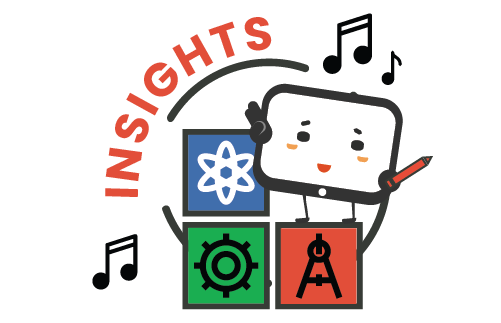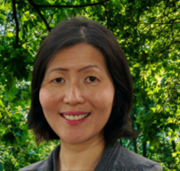Intersectionality of Disability, Race, and Gender in STEM
Posted on June 17, 2022 in Insights

“When I walk into a room, I’m Black. When I walk into a room, I’m a woman. When I walk into a room, I’m a Black woman. Different people process these things differently. Historically Black people have been perceived as less intelligent, and even though physics is considered an elite intellectual pursuit, there are some who believe that Black physicists are in the field or in their jobs only because of affirmative action or because of luck. … Add to that my disability, and some have questioned whether I have the intellectual capacity to be in physics. “ – Dr. Renee Horton, NASA engineer
Professor Kimberle Crenshaw first coined the term ‘intersectionality’ in 1989 to provide a frame to describe and address the overlapping connection of social categories such as race, class, gender, ability, sexual orientation, and how social injustices, discrimination and oppression can come with each and every part of a person’s multiple identities. Within the field of STEM, women, Black and Hispanic people, as well as individuals with disabilities are underrepresented in more advanced STEM courses in high school (Office of Civil Rights) as well as in STEM careers (Martinez & Gayfield, 2019; Office of Civil Rights, 2018; Burgstahler, n.d.). Individuals with disabilities who have intersecting identities such as being a person of color, being a woman, living in poverty or in rural areas are most underrepresented in STEM fields (Burgstahler, n.d.).
We would like to ask you to take a moment to explore the following resources developed by Dr. Renee Horton. These resources share more about her lived experiences and we hope will help you to center intersectionality within your own practice:
- Read her blog post (about 2-minute read), The disability is there, but I belong (scitation.org), which explains how the intersectionality of her race, gender, and disability has impacted her career navigation in STEM.
- Watch an 8-minute video where she shares the challenges and supports she has faced as a Black woman with disabilities in STEM
Take a moment to reflect on the following questions and comment on this blog post:
- How can we reflect on personal biases and beliefs about culture, ability, and race, and recognize systems of bias that continue to deny some children equitable learning opportunities?
- How can we affirm children’s STEM identities and provide each and every child the opportunities to engage in STEM learning experiences?

UNC's FPG Child Development Institute and Co-director of the STEM Innovation for Inclusion in Early Education Center (STEMIE).
References
Burgstahler, S. (n.d.). Increasing the Representation of People with Disabilities in Science, Engineering, and Mathematics. https://www.washington.edu/doit/overview-and-access-issues
Martinez, A. & Gayfield, A. (2019). The Intersectionality of Sex, Race, and Hispanic Origin in the STEM Workforce. U.S. Census Bureau. https://www.census.gov/content/dam/Census/library/working-papers/2019/demo/sehsd-wp2018-27.pdf
U.S. Department of Education Office for Civil Rights (2018). 2015-16 Civil Rights Data Collection: STEM Course Taking. https://www2.ed.gov/about/offices/list/ocr/docs/stem-course-taking.pdf
Credit: Thanks to Dr Renee Horton for giving us permission to share her blog post and video.

